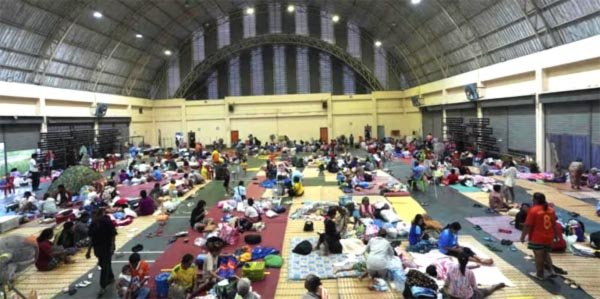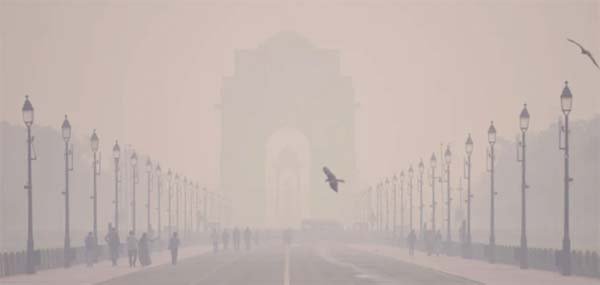Bangkok, July 25 (UNI) Deadly clashes have erupted along the disputed Thailand-Cambodia border, leaving at least 14 dead and dozens injured, as simmering tensions between the two Southeast Asian nations boil over into a second day of heavy fighting.
Hostilities resumed yesterday around 4:30 a.m. after Cambodian troops reportedly initiated fire using small arms and heavy weapons. The Thai army responded with artillery strikes, said Col. Richa Sooksuwanon, deputy spokesperson for the Thai military.
The most intense fighting has been concentrated in Thailand’s Ubon Ratchathani and Surin provinces. Thai military sources reported that Cambodian forces launched a sustained bombardment using field artillery and BM-21 rocket systems. Thailand returned fire “in accordance with the tactical situation,” a statement said.
The Thai army warned civilians to avoid affected areas and confirmed ongoing bomb disposal operations and recovery of bodies in the Kantharalak district, which was hit by Cambodian rockets yesterday.
The escalating conflict has displaced more than 100,000 people, marking the most severe border clashes between the two Southeast Asian nations in over a decade. At least one person has been confirmed dead and five wounded in Cambodia’s Oddar Meanchey province, according to local spokesperson Met Measpheakdey, who described the situation as “still heated” as of Friday morning, CNN reported.
The flare-up follows a series of border incidents, including the injury of five Thai soldiers in a landmine explosion on July 23. Tensions had already been simmering since May, when a Cambodian soldier was killed in a previous exchange of fire in the Emerald Triangle area where the borders of Cambodia, Thailand, and Laos converge.
Apart from sharing diplomatic and economic ties, Cambodia and Thailand share 800-kilometre border,demarcated by colonial-era French maps—has long been a source of friction and intermittent military clashes. Thailand’s military vastly outnumbers Cambodia’s, with over 360,000 active-duty personnel compared to Cambodia’s roughly 120,000.











